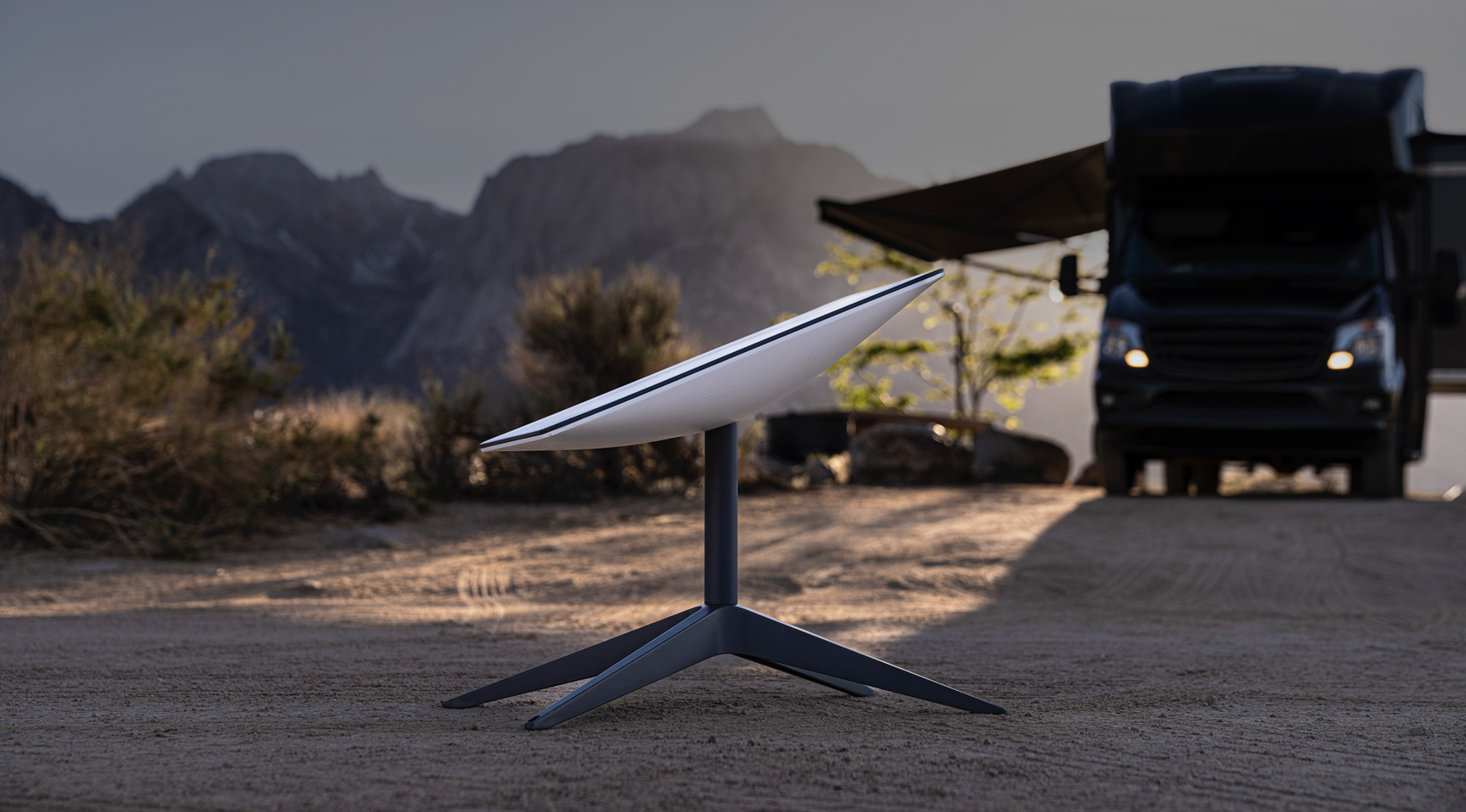
Elon Musk’s Starlink is rapidly expanding into the African continent, looking to become part of the Internet infrastructure landscape.
Lately, however, there have been intriguing changes in regulation in both Kenya and the U.S., which seem to suggest that governments are rethinking their approach to satellite internet providers.
At the same time, while on one hand there are proposals from the Communications Authority (CA) for a more than 1,000% increase in licensing fees for satellite ISPs in Kenya, Starlink has secured fresh US approvals for even more inequitable accessibility.
These developments will reshape the African telecommunications landscape in terms of service pricing, competition, investment in infrastructure, and digital sovereignty.
Starlink’s Market Growth in Kenya and Africa
Since launching with a bang in July 2023 in Kenya, Starlink has indeed made significant strides:
- Market share moved up from June 2024’s 0.5 percent to 1.1 percent by September 2024. It has also overtaken Liquid, which was static at 1 percent of the market.
- Satellite internet subscriptions jumped by 104.7 percent due to an acquisition campaign that introduced low-cost satellite equipment rentals.
- Starlink stopped accepting new subscriptions in Nairobi and areas around it at the end of November 2024; this was due to overwhelming demand.
To boost its network capacity, Starlink launched its second African Point of Presence (PoP) early this year; it previously had only one PoP in Africa based in Nigeria, which limited its network performance in Kenya and beyond.
Starlink’s new PoP has greatly reduced latency (network speed and responsiveness):
- Global Starlink latency dropped from 57ms to 44ms.
- Kenyan Starlink latency dropped from 120ms to 26ms.
The new PoP affirms Starlink’s position in the digital value chain across Africa but also provokes its regulatory and competitive challenges.
Kenya’s 1,000% License Fee Hike: A Response to Starlink’s Disruption?
Early this year, the Communications Authority of Kenya (CA) suggested a dramatic rise in licensing fees for satellite internet providers from:
- A 15-year satellite landing rights (SLR) license from $12302 to $115331
- Introduce an annual fee of 0.4% of total revenue.
This could be interpreted as a direct response to the rapid growth of Starlink, as it threatens traditional ISPs such as Safaricom, Wananchi Group, and Jamii Telecommunications.
According to CA, these fees will:
- Facilitate enabling “technology-neutral” level playing fields for competition between satellites and fiber/mobile providers.
- Promote local investment in terrestrial internet infrastructure.
- Allow easy market entry and compliance with local telecommunications regulations
New regulations further expand Starlink and other satellite companies into:
- Terrestrial cable and telemetry system management
- Satellite hub operation and tracking
- Space research in Kenya
This regulatory change could open the door for Starlink to build ground stations in Kenya, solidifying its presence but at a much higher operational price.
Does Starlink Threaten Africa’s Fiber and Mobile Networks?
Starlink’s entry into the market has such ramifications on the grand schemes that traditionally ISPs have used; as a kind of satellite broadband:
- It can fly quickly over rural, remote areas compared to fiber.
- It is costlier than both fiber and mobile broadband.
Competitive Impact on Local ISPs
- Mobile & Fibre Providers (Safaricom, MTN, Airtel, Liquid, Vodacom, Wananchi Group)
- Pros: Facilities built over the years prove huge.
- Cons: Force lower prices or satellite partnerships with their coming in.
2. Satellite Competitors (Liquid, YahClick, Avanti, Eutelsat)
- Pros: Have the experience of being in the African satellite market for some time.
- Cons: Starlink’s aggressive expansion could outprice and outperform them
Starlink will not replace fiber or mobile networks but could build pressure on local ISPs to improve prices, service, and rural connectivity.
The Affordability Challenge: Can Africans Pay for Starlink?
Starlink’s cost remains a major barrier for widespread adoption in Africa:
| Starlink Service | Cost (USD) |
|---|---|
| Hardware Kit | $400 – $600 |
| Monthly Subscription | $50 – $110 |
| New Kenyan License Fees | $115,331 (15-year) + 0.4% annual revenue fee |
Fiber and mobile broadband offer cheaper and more stable internet. Even 4G/5G mobile networks are being launched in more rural interiors with lesser price tags.
To help Starlink attain mainstream viability in Africa, the following may be necessary:
- Lower the cost of equipment or offer additional rental options
- Implement region-based pricing
- Engage in partnerships with local ISPs to bundle satellite and mobile/fiber services
Digital Sovereignty: Should Africa Rely on Starlink?
Apart from all the financial and competitive issues, there is the issue of geopolitics:
- In 2022, Musk cut off Starlink services in Ukraine, thereby obstructing military operations.
- If Musk were to control, and therefore the U.S. government controls, Starlink, could it black out African countries’ internet?
This is part of the reason why some African governments are skeptical about allowing foreign satellite providers to take over their telecom industries.
Potential Digital Sovereignty Risks
- Regulatory Dependence – Starlink is operating outside the parameters that national telecom rules would set.
- Security Risks – The foreign control over internet access might entail issues of national security.
- Infrastructure Monopoly – Starlink can monopolize rural connectivity from local ISPs.
The higher licensing fees by Kenya might be a way of balancing the needs of innovation with national control so Starlink can contribute to the local economy instead of monopolizing it.
What’s Next for Starlink in Africa?
As regulators in Kenya push back, perhaps other African nations will follow in a similar direction. The burning questions that remain include:
- Will other countries likewise increase licensing fees for satellite ISPs?
- Will Starlink adapt its pricing model in order to be more competitive?
- Will governments in Africa continue to invest in fiber and 5G in preference to satellite?
At present, Starlink is being confronted with opposition, but expansion is underway.
Final Verdict: Disruptor or Just Another Competitor?
Starlink is changing Africa’s internet landscape, but it will not immediately replace traditional ISPs.
The regulatory pushback in Kenya suggests that governments want to ensure that Starlink does not come to dominate local ISPs and digital sovereignty.
In spite of its undoubted growth, Starlink’s prospects in Africa depend on how well it can adapt to regulation, affordability, and local competition.
Follow us on WhatsApp, Telegram, Twitter, and Facebook, or subscribe to our weekly newsletter to ensure you don’t miss out on any future updates. Send tips to editorial@techtrendsmedia.co.ke

